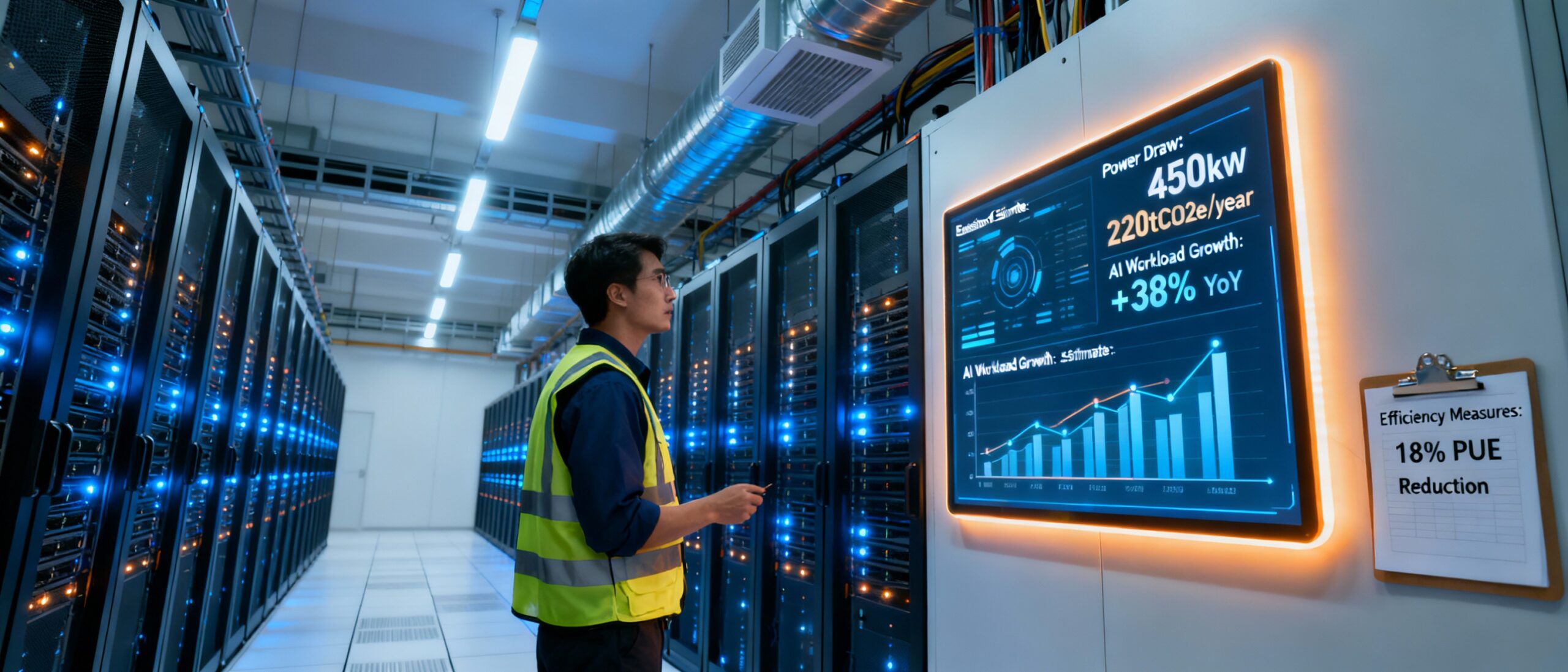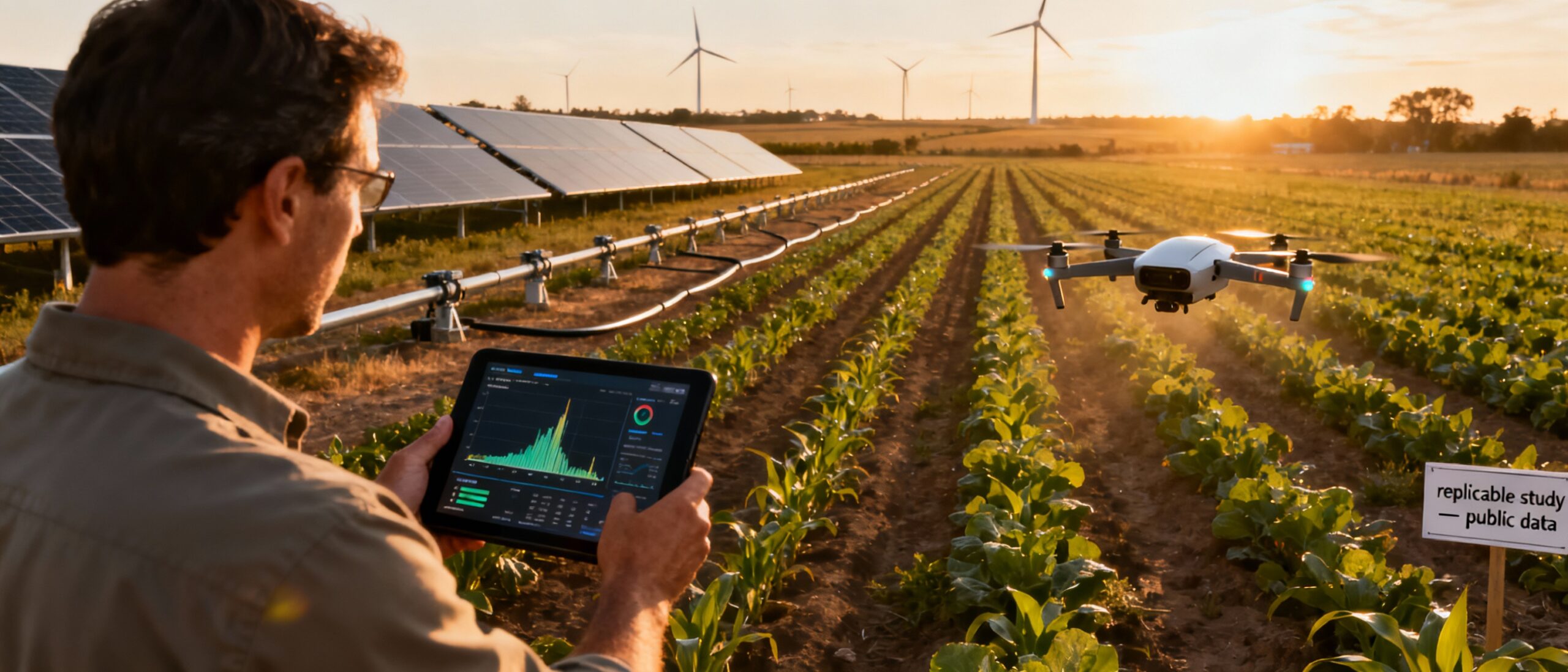Artificial intelligence is pulling double duty on the global stage—driving growth while straining grids. By 2030, AI could add roughly $13 trillion to the world economy, according to a 2025 McKinsey Global Institute report, yet the technology's energy appetite is rising just as fast as its hype. The open question for policymakers, executives, and citizens is no longer whether AI matters, but how to balance its undeniable benefits with its very real burdens.
On jobs, the picture is nuanced. The World Economic Forum's Future of Jobs 2025 estimates 85 million roles could be displaced by 2027, with 97 million new ones created in fields like data analysis, AI maintenance, and green tech. Productivity gains are real—an OECD analysis in 2024 tied AI adoption to a 0.8% annual lift in productivity in developed economies—but distribution remains lopsided without targeted reskilling and safety nets.
The environmental ledger is equally mixed. The International Energy Agency (IEA) estimated in 2024 that data centers consumed about 1.8% of global electricity, with AI workloads growing 30% per year. A 2025 paper in Nature Climate Change pegged the emissions of training a single large model at up to 500 tons of CO2 equivalent—roughly the lifetime emissions of five cars. At the same time, AI tools used in energy, agriculture, and logistics may be cutting as much as 2.5 gigatons CO2e annually (ClimateWorks Foundation, 2025).
So is it all worth it? The debate tends to split along familiar lines: growth vs. inequality, breakthroughs vs. externalities. Some argue that AI automation can accelerate climate solutions, from grid balancing to precision agriculture; others warn that without aggressive efficiency targets and clean power, the sector will lock in a higher-emissions trajectory.
This report gathers the latest data and real-world examples—from Google DeepMind's data-center cooling optimizations to a national reskilling push in Germany—alongside expert voices. It uses an inverted-pyramid approach: key findings up top, then the details, and finally what to watch next.

